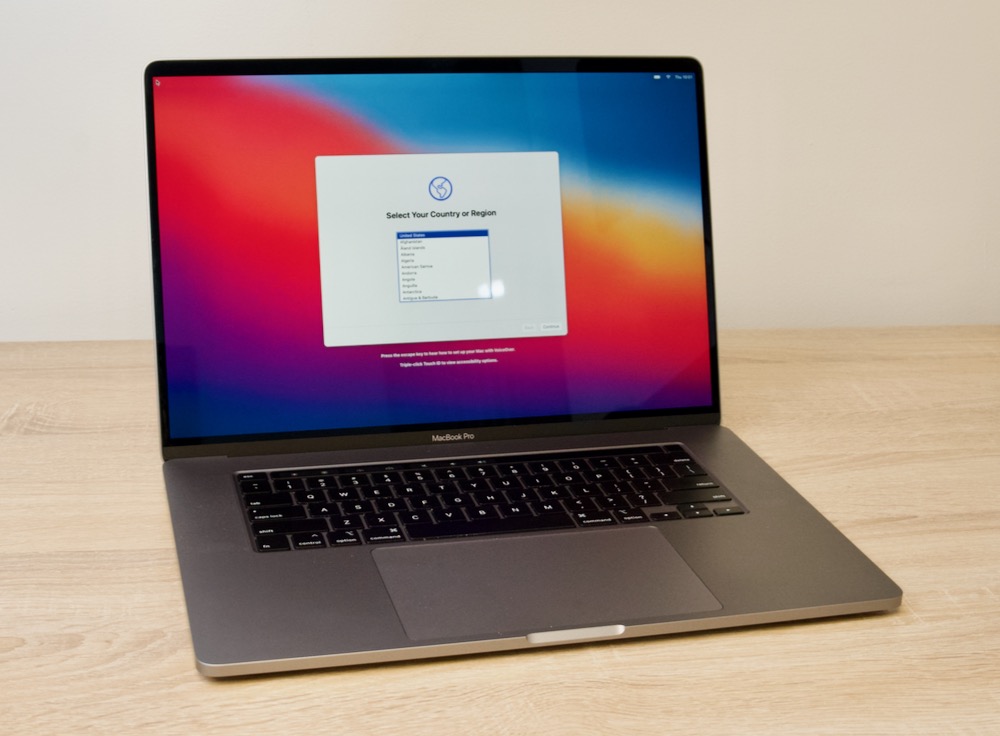Ansible playbook to upgrade Ubuntu/Debian servers and reboot if needed
I realized I've never posted this playbook to my blog... I needed to grab it for a project I'm working on, so I figured I'd post it here for future reference.
Basically, I need a playbook I can run whenever, that will ensure all packages are upgraded, then checks if a reboot is required, and if so, reboots the server. Afterwards, it removes any dependencies no longer required.
---
- hosts: all
gather_facts: yes
become: yes
tasks:
- name: Perform a dist-upgrade.
ansible.builtin.apt:
upgrade: dist
update_cache: yes
- name: Check if a reboot is required.
ansible.builtin.stat:
path: /var/run/reboot-required
get_checksum: no
register: reboot_required_file
- name: Reboot the server (if required).
ansible.builtin.reboot:
when: reboot_required_file.stat.exists == true
- name: Remove dependencies that are no longer required.
ansible.builtin.apt:
autoremove: yes



